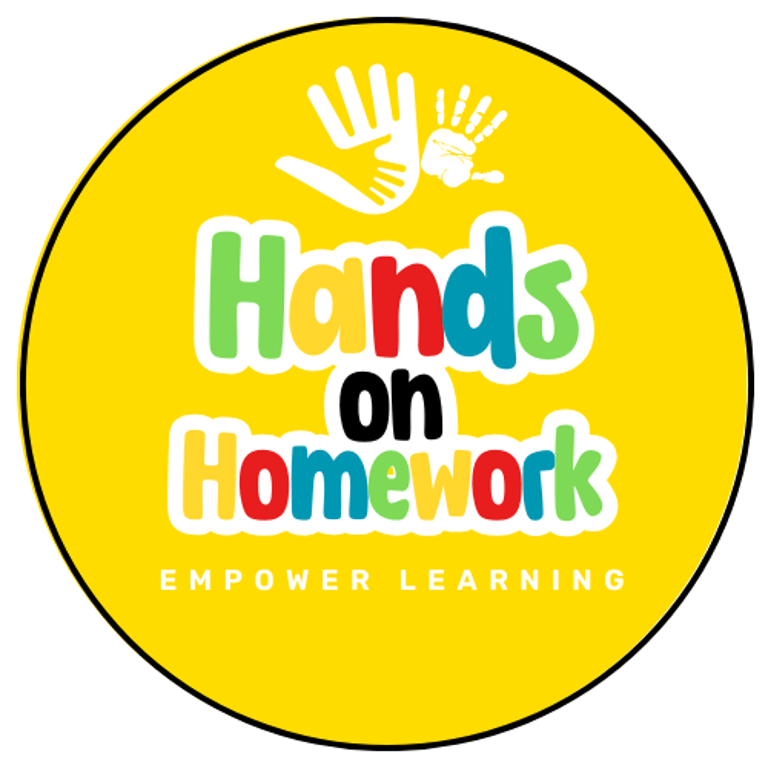Understanding Learning Styles
Physical clues to identify your child's abilities
SET YOUR CHILD UP FOR SUCCESS
8/6/20252 min read


Understanding Learning Styles
Every child learns differently, and understanding these differences can significantly enhance their educational experience. Recognizing various learning styles enables educators to tailor their teaching methods to better engage students. We'll explore the 3 most common learning styles found in classrooms though there are up to 7 different styles. We'll also offer strategies for effectively reaching each child according to their unique preferences.
Each of these types has unique physical clues that can help you identify how your child learns best.
Physical Clues to Notice
Visual Learners:
Visual learners often respond better to what they see rather than what they hear. If your child frequently draws or prefers diagrams and charts, they might be a visual learner.
Look for signs like:
A tendency to use color and drawings in their notes.
Preference for watching videos or looking at illustrations instead of listening to lectures.
A strong memory for faces and places, often remembering details from visual information.
Excellent at solving visual puzzles
These clues suggest that your child may thrive with visual aids, such as charts and videos, helping them process information in a way that’s natural for them.
Auditory Learners:
Auditory learners typically process information best through listening. If your child often prefers to verbally express their thoughts and engage in discussions, they might fall into this category.
Your child might exhibit signs like:
Enjoying music or having a good singing voice.
Frequently asking questions or discussing topics aloud.
Remembering things better when they hear them rather than seeing them written down.
Remembering details of a story very clearly
Strong memory for names
By recognizing these signs, you can tailor their learning experience, using audiobooks or engaging in more dialogue-based activities to support their educational needs.
Kinesthetic Learners:
Kinesthetic learners are hands-on and often prefer to engage in physical activities rather than sitting still for long periods. If your child is active, these physical clues can indicate a kinesthetic learning style.
Your child may exhibit signs like:
Playing with tactile objects while learning or studying.
Preference for role-playing or acting out situations to grasp concepts.
Tendency to fidget, tap feet, or be restless when confined to one place.
Extra energy and a need to tumble or jump around
To best support kinesthetic learners, incorporate movement into their study routine, such as using flashcards while pacing or engaging them in crafts related to what they're learning. They may need frequent breaks during studying to jump or run around before the next session.
Supporting Your Child's Learning Journey
Recognizing the physical clues that indicate your child's learning style is an essential part of fostering their educational success.
When you identify which type of learner your child is, you can create a supportive environment tailored to their learning preferences. Combining strategies from various learning styles can also be beneficial, as most children exhibit traits from multiple types.
Turn learning into a more enjoyable experience by helping your child engage with materials in a way that suits their learning style.
